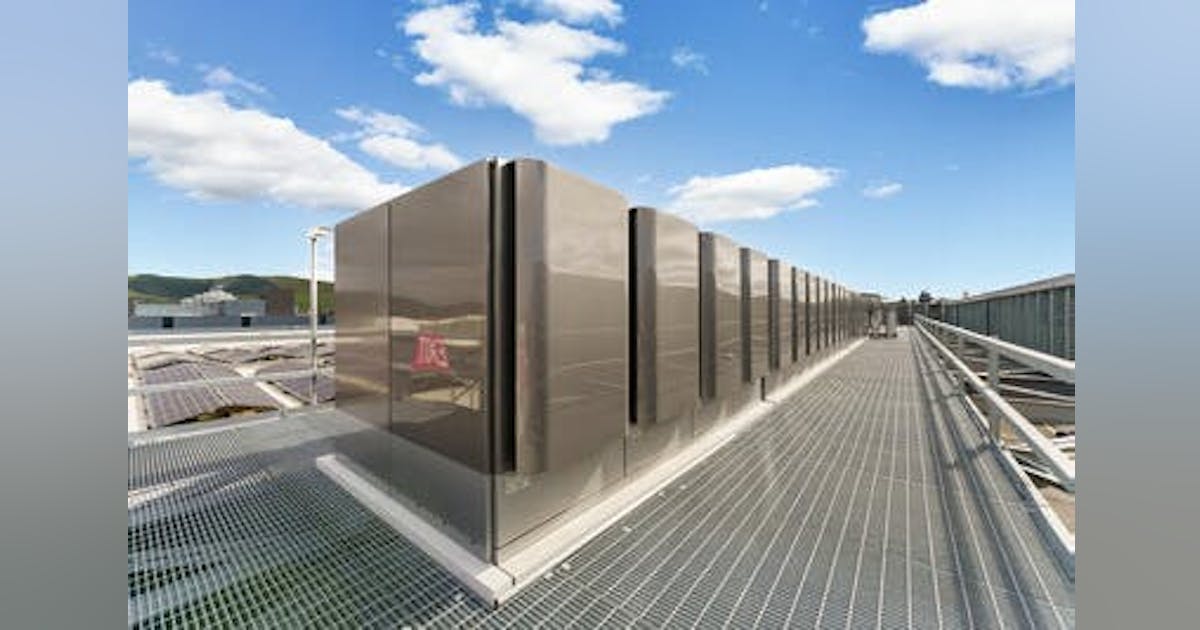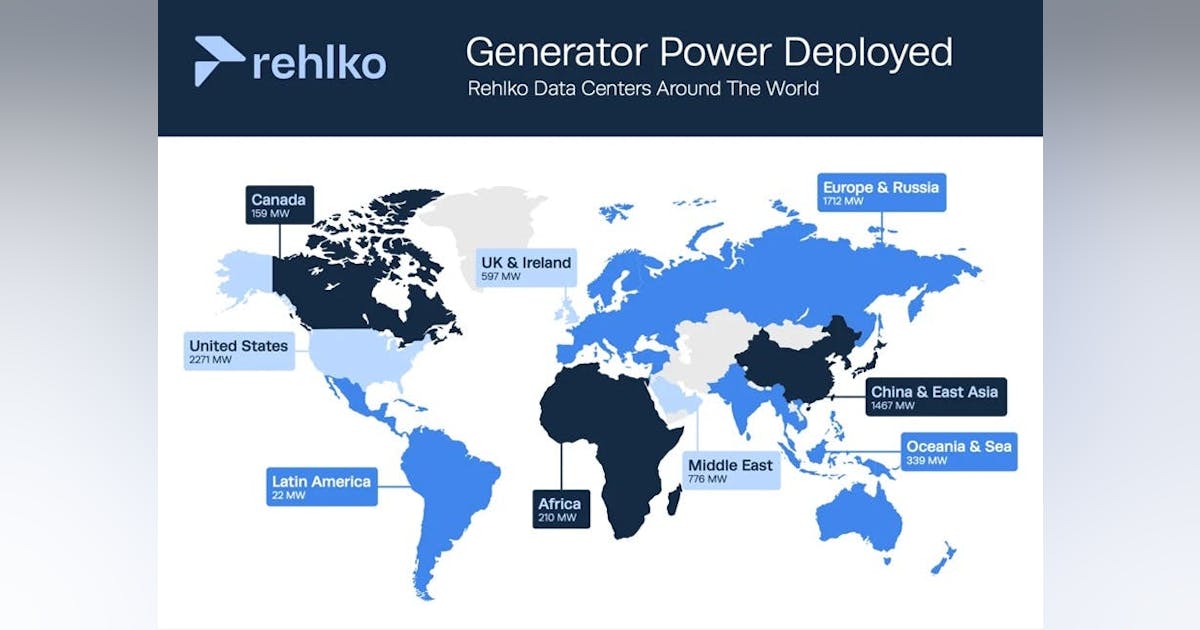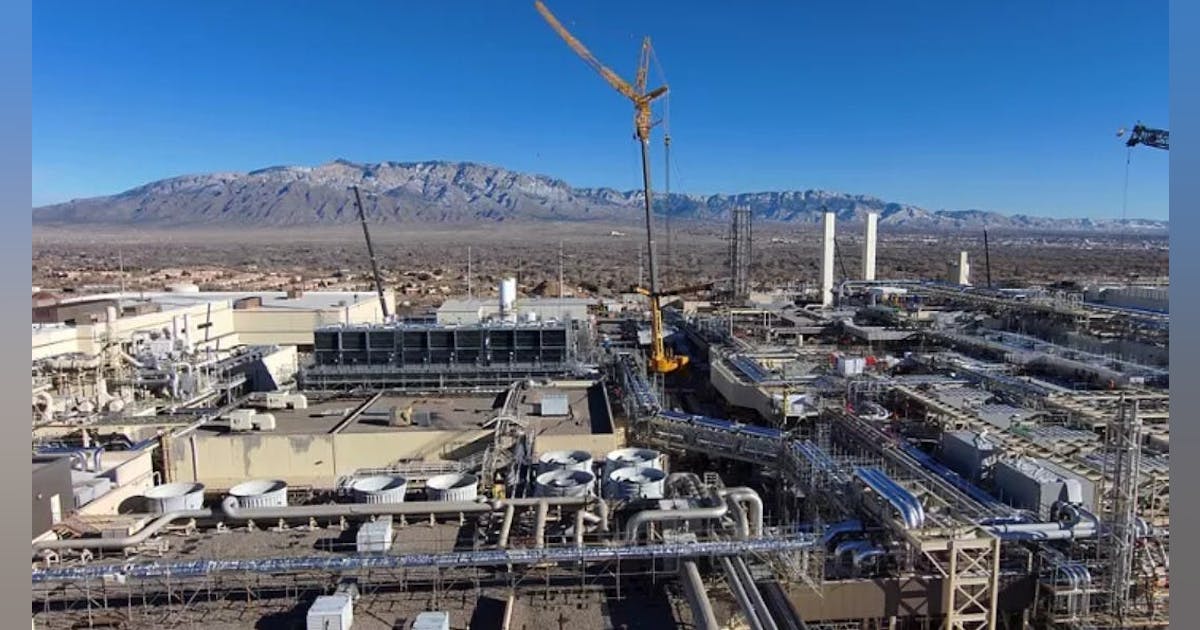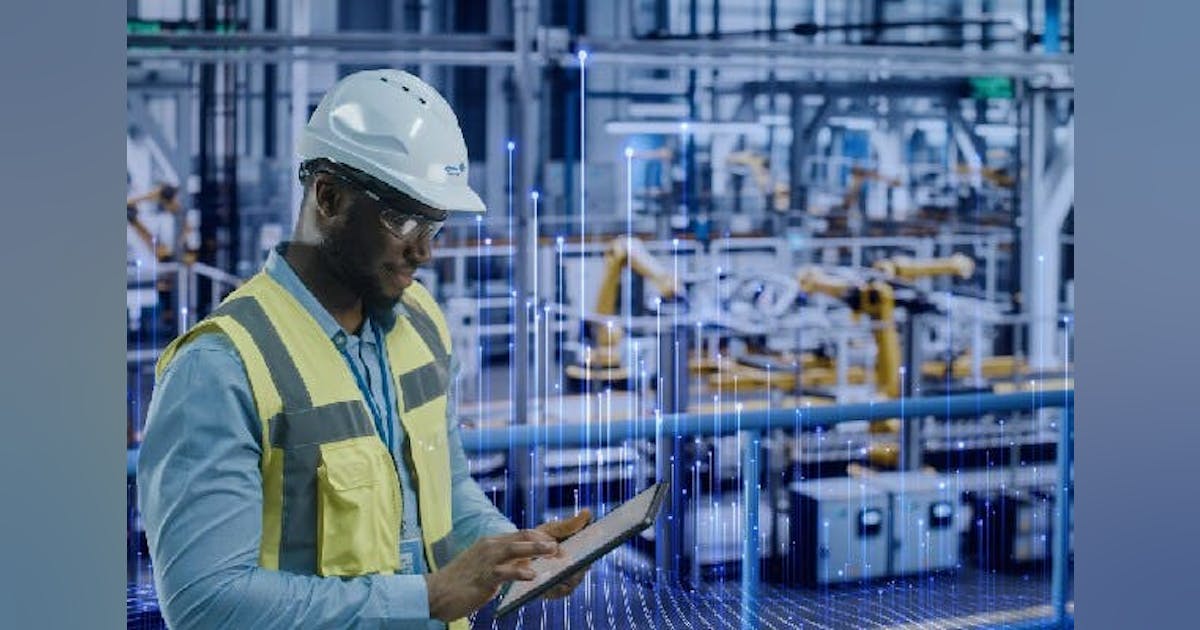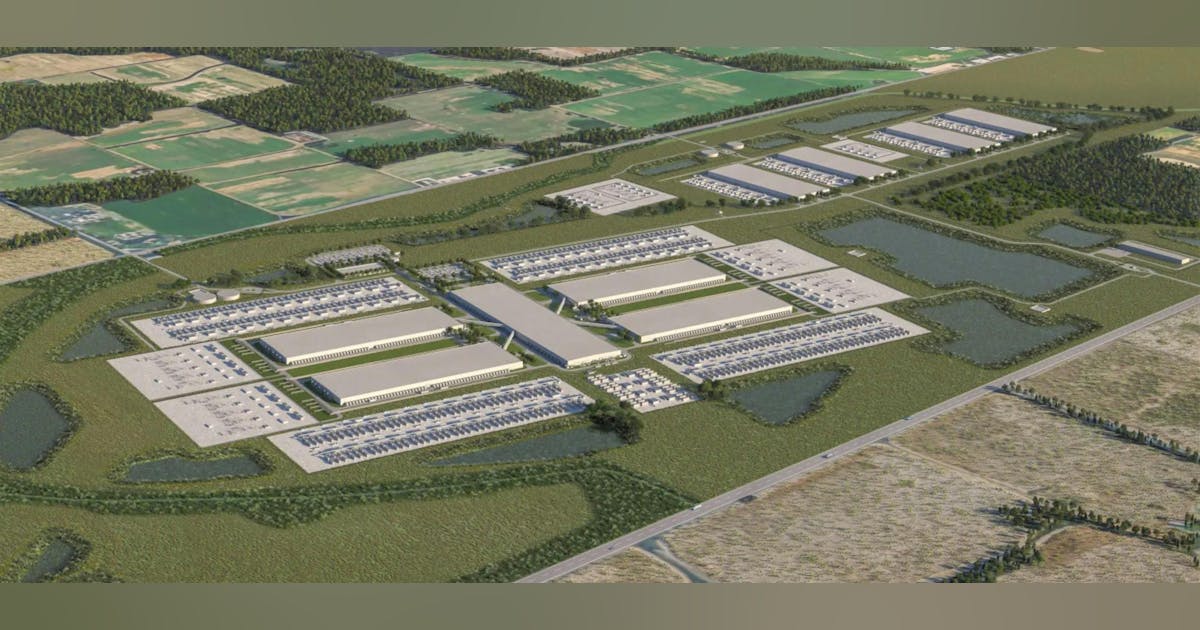
Provisioning the Power is a Major Project All its Own
Powering a data center campus on this scale in an area like rural Louisiana is not a simple task. News reports and a utility commission filing by power company Entergy are starting to reveal the scope of project preparation already in process to get the site the power it will need.
To bring in outside power, Entergy plans a 100-mile, 500kV transmission project (at an approximate cost of $1.2 billion) to move bulk power into the area. Substations & lines tied to the site will include a new “Smalling” 500/230kV substation, a new “Car Gas Road” 500kV switchyard, six customer substations on Meta’s property, two 30-mile 500kV lines, and multiple 230kV feeders into the campus.
Additionally, Entergy has sought approval for three combined-cycle gas plants generating abou 2.25 GW of power and associated lines to meet the immediate load while broader transmission is built out; state hearings are underway with a vote on this part of the project expected before the end of August 2025.
Approval is being sought from the Louisiana Public Service Commision to build these three new gas plants and their associated infrastructure at a cost of just under $4 billion. Concerns are being raised by local community groups as well as the Union of Concerned Scientists (UCS) and Louisiana-based Alliance for Affordable Energy (AAE) not just about how much of the initial costs will be passed on to Louisiana ratepayers, but also on issues related to what happens as the first series of contracts for power begin to expire in 15 years.
The plans being presented were initially scheduled to be voted on in October 2025 and the fast tracking of project approval has highlighted the concerns of the opposition. Both the short- and long-term impacts of the power development projects have drawn concern from opposition groups, with the key message being that there are insufficient protections for the local ratepayers and guarantees from Meta.
Much of the local media coverage has highlighted that Hyperion is projected to draw ~2 GW by 2030, with potential to scale, and that Entergy’s proposals, including the aforementioned new gas units alongside planned renewables, continue to raise familiar debates about water use, emissions, and rate impacts. To address sustainability issues being raised for the Richland Parish campus, Meta has emphasized efficient cooling design, on-site stormwater capture, and water-saving fixtures, consistent with the company’s broader water-positive by 2030 goal
Beyond simply getting developmental approval from the state, Meta and Entergy say they will add enough clean energy to cover 100% of the data center’s use, with at least ~1,500 MW of new renewables planned. This includes potential use of new nuclear power in the future.
Meta’s public commitments to powering these projects with renewable energy are challenged by real-world constraints. While Meta has agreements for 1.8 GW of solar and wind, 150 MW geothermal, and even nuclear power extensions, most current power is set to come from gas.
Much of the design and process for Hyperion is based on the current Prometheus project that Meta is building in Ohio.
What Is Prometheus?
Prometheus is Meta’s first “titan” AI supercluster. This is a multi-GW campus purpose-built for training and serving large AI models as part of Meta’s superintelligence push. Mark Zuckerberg has said Prometheus is due online in 2026, with additional titan clusters (including Hyperion) following.
Prometheus is being built in New Albany, Ohio, where Meta has had a presence since 2017 on the New Albany International Business Park campus, making ujse of a 740 acre industrial tract.
The announcement that the company would be using tent-like structures during the initial Prometheus build-out did raise a few eyebrows. These tents are aluminum structures that use a weatherproof fabric covering to allow rapid construction. Meta refers to these tents as “rapid deployment structures” which will enable faster data center buildout.











